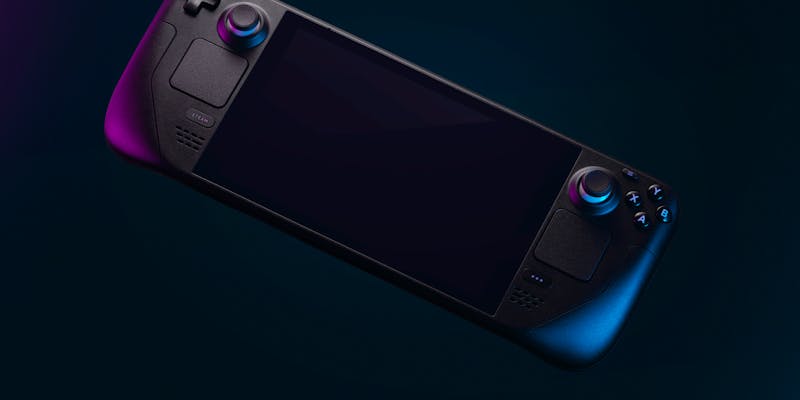As the handheld computing market continues to flourish, a notable new entry is making waves. Tulpar, a firm previously lauded for its peripheral contributions within the UK, is stepping into this dynamic space with a device powered by Intel’s state-of-the-art Meteor Lake CPUs. This move is not just a play for market expansion but also sets the stage for a head-to-head with AMD, whose Phoenix APUs have been the top dog in the sector. The market is buzzing, and the gauntlet has been thrown down.
While the full specifications of Tulpar’s handheld are under wraps, insider chatter suggests it could harness the might of CPUs akin to Intel’s Core i7 155H and Core i7 125H. The device is rumored to boast an 8-inch display, coupled with the traditional gaming layout of a joystick and D-pad controls, wrapped in an eye-catching black and green aesthetic with the added flair of RGB-backlit joysticks.
A Shifting Landscape in Handheld Gaming
Intel’s Meteor Lake CPUs are revolutionizing the handheld gaming domain, with companies like OneXPlayer and MSI incorporating them into their products. Tulpar is joining the fray, indicating Intel’s ambition to challenge AMD’s dominance in this market. This introduces a dynamic shift, offering gamers more options and signaling a transformation in the handheld gaming industry.
Tulpar aims to combine Meteor Lake’s superior performance with the convenience of handhelds, disrupting traditional mobile gaming notions. Gamers who favor AMD might be enticed by Intel’s new potential. As Tulpar prepares to unveil its device, it’s clear that the handheld gaming sector is quickly transforming into an arena where large tech corporations compete, and consumers enjoy ever-growing technological advancements.

